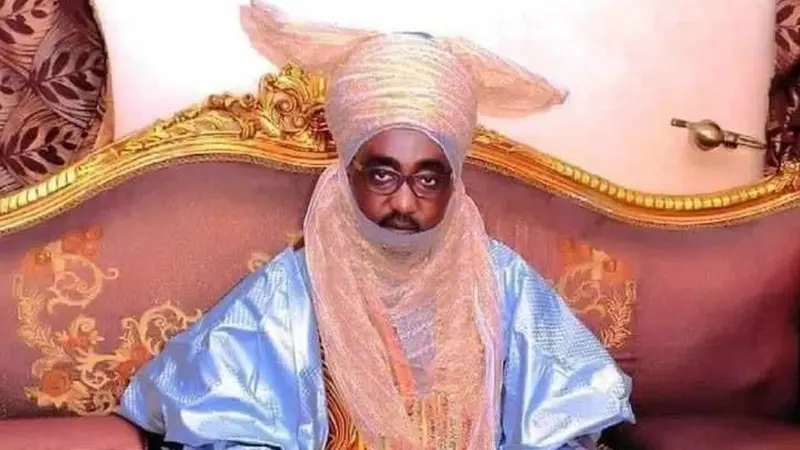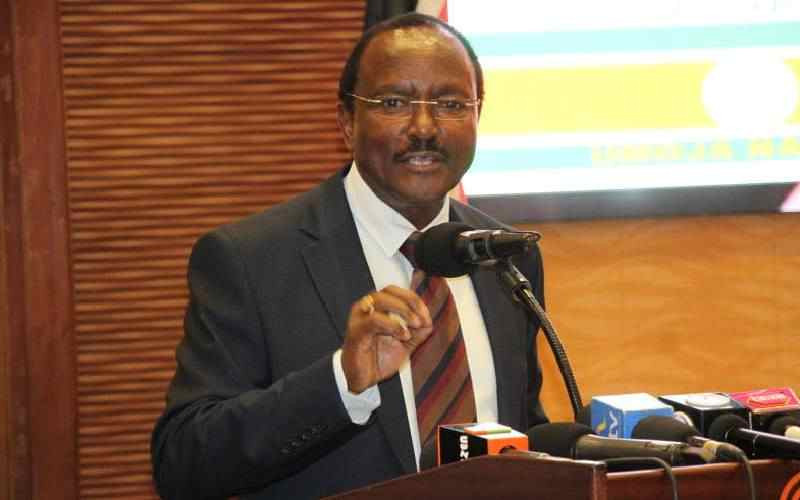G7 Summit: Agenda, Attendees, and International Trade Discussions

The 51st Group of Seven (G7) summit is set to take place from June 15-17 in the remote town of Kananaskis, Alberta, nestled in the foothills of the Canadian Rockies. This significant gathering brings together leaders from Canada, France, Germany, Italy, Japan, the United Kingdom, and the United States, along with representation from the European Union. The G7 has a rich history, evolving from the G6 meeting first held in Rambouillet, France, in 1975; Canada joined the following year. Russia's inclusion in 1998 briefly expanded it to the G8, but its effective expulsion in 2014 following the annexation of Crimea restored the forum to its current G7 configuration. Despite representing 44 percent of global gross domestic product (GDP), down from 63 percent in 1992, and only 10 percent of the world's population, the G7 remains a crucial platform for international dialogue, facing a landscape of high tensions and complex global challenges.
Canadian Prime Minister Mark Carney is hosting this year's G7 meeting for the seventh time, and in a move reflecting the group's efforts to adapt to a fast-changing world, he has invited several non-G7 heads of state as guests. These include Mexican President Claudia Sheinbaum, Indian Prime Prime Minister Narendra Modi, Ukrainian President Volodymyr Zelenskyy, South African President Cyril Ramaphosa, and South Korean President Lee Jae-myung. Leaders from Australia, Brazil, and Indonesia are also expected to attend, though the attendance of Saudi Arabian Crown Prince Mohammed bin Salman remains uncertain. The invitation to Prime Minister Modi has notably “raised eyebrows” in Canada, given the strained relations between India and Canada following accusations of New Delhi's involvement in the assassination of a Sikh separatist leader in Canada in 2023. However, Carney defended his decision, emphasizing India's status as the world's fifth-largest economy and its centrality to global trading supply chains, as well as progress in law enforcement dialogue between the two nations.
A significant source of tension and unpredictability at the summit stems from US President Donald Trump and his “America First” agenda. Trump has consistently expressed displeasure about the US's financial contributions to global affairs and has imposed broad tariffs on nearly every G7 member and other countries, sparking a global trade war. His past interactions with the G7 have been rocky, exemplified by his departure from the 2018 summit – also in Canada – where he publicly criticized then-Canadian Prime Minister Justin Trudeau and directed his staff not to sign the final communique. Despite this history, experts like John Kirton of the G7 Research Group suggest Trump is less likely to cause a scene this year, noting his improved relationship with Prime Minister Carney and the US's upcoming role as G7 host in 2027.
The official agenda for the G7 2025 summit lists three core actions: “Protecting our communities around the world,” “Building energy security and accelerating the digital transition,” and “Securing the partnerships of the future.” However, the unfolding conflict between Israel and Iran following Israel's massive strikes on military and nuclear sites in Iran is expected to dominate discussions. Julia Kulik, director of strategic initiatives for the G7 Research Group, highlighted the G7's design as a “crisis response group” capable of swift action and adaptation, making this meeting particularly timely. Leaders are anticipated to pose tough questions to President Trump regarding de-escalation efforts in the Middle East, as there is “no way G7 members can avoid the subject.”
Global trade issues are another prominent feature of the agenda. While Prime Minister Carney aims to cover uncontroversial themes such as fostering friendlier global supply chains for critical minerals, China's trade practices will likely be a focus. Following a May meeting, G7 finance ministers issued a joint communique expressing concerns over “nonmarket policies and practices,” a clear reference to China's export subsidies and currency policies, as well as its lending practices that may add debt to poorer countries. Tensions concerning China's expanding military presence and its relations with Taiwan in the East and South China Seas are also expected to be discussed. Japanese Prime Minister Shigeru Ishiba, who held trade talks with US Treasury Secretary Scott Bessent and Commerce Secretary Howard Lutnick, is particularly keen to persuade Trump to drop the 25 percent tariff on Japanese cars and a paused 24 percent across-the-board levy, aiming to secure a deal without politically damaging concessions before a crucial July election at home. Analysts suggest that returning without a deal might be politically safer than conceding too much.
The Russia-Ukraine war remains a critical discussion point. Despite strong support for Kyiv expressed in a joint statement by G7 foreign ministers in March and new sanctions announced by the UK and EU in May, President Trump's ongoing discussions with Russian President Vladimir Putin and his reluctance for the US to follow suit on sanctions could lead to intense debate on achieving a ceasefire. Global development, particularly in African countries, traditionally a primary focus for the G7, is anticipated to be a thorny issue this year. The US has indicated a de-prioritization of economic and humanitarian assistance for other countries, having largely shuttered the United States Agency for International Development (USAID) and planning significant cuts to other overseas health and development initiatives.
Several significant bilateral meetings are slated to take place on the sidelines of the summit. President Trump is expected to hold discussions with European Commission President Ursula von der Leyen and Japanese Prime Minister Shigeru Ishiba, both of whom are eager to finalize trade deals with the US to avoid the reinstatement of reciprocal tariffs in early July. A separate North American leaders' meeting involving Trump, Carney, and Mexico’s Claudia Sheinbaum may address trade and border security, specifically focusing on efforts to prevent fentanyl trafficking into the US from Canada and Mexico. Additionally, South African President Cyril Ramaphosa plans a second meeting with Trump, seeking to repair strained ties following their May 21 encounter in Washington, DC, where Trump controversially accused South Africa of “genocide” against white farmers. This summit thus highlights the G7's evolving role, balancing its traditional focus with the imperative to engage a wider array of global partners and address the complex, interconnected challenges of the modern world.









